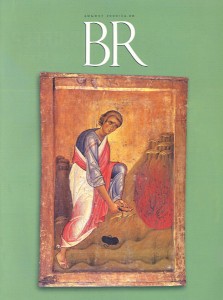Combine the Best from Each Tradition

I believe that we are ready for a new critical edition of the Hebrew Bible.
We now have sufficient ancient texts and critical tools to improve the Hebrew text that has come down to us as the textus receptus, the Masoretic Text, or MT for short.1
All we are lacking is the initiative. Hebrew Bible scholars who are specialists in the discipline of textual criticism are all too often averse to trying to improve the text of the Hebrew Bible. When I say improve, I mean simply substituting better, truer, more original texts than have been preserved in the Masoretic Text, the textus receptus. In any other field, textual critics share a common goal: Whether working with the writings of Shakespeare, Homer or the New Testament, they strive to produce the best, most original text using all the available textual evidence and sound critical methods. But despite this century’s discovery at Qumran of the oldest known biblical manuscripts, Bible scholars are reluctant to incorporate variations found in the Dead Sea Scrolls into the text of the Bible. The authority of the textus receptus (which was compiled by Jacob ben Chayim from medieval manuscripts and published in 1525) is simply too great.a
Already a library member? Log in here.
Institution user? Log in with your IP address.

